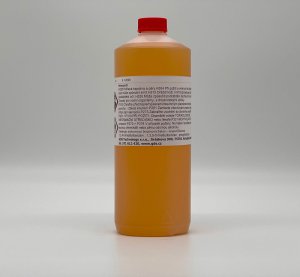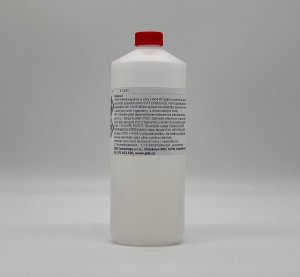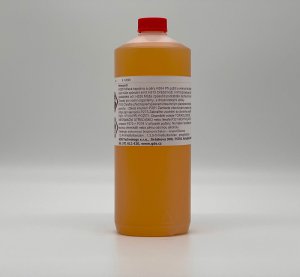You can make your own decals on glass, porcelain, ceramics or enamel sheets. What do you need?
1.) Screen printing
2.) Material
3.) Some tips
What is a decal and how does it work :
The inks are applied to special decal paper using screen printing technology. The colours are then overprinted with transfer varnish, which in the case of baked decals burns off during firing. If organic glass inks are used, a removable varnish is applied.
After dipping, the decal is transferred to the product and fired (or dried) to the appropriate temperature.
Before we look at the individual chapters in more detail, let's talk about what kind of decals we can produce:
- NT decals
(Use on: glass, porcelain, ceramics, enamelware advertising/decorative). Hint: often used in combination with HGC paints, which were used to decorate products by spraying.
- Glass decals 500-580°C
Use on: glass, enamelled products. Exceptionally, it can also be used on porcelain and ceramics, but be aware of the lower chemical resistance.
- Decals for porcelain and ceramics 700-800°C
Ideal for decorative and advertising products. For hotel porcelain, choose fusible decals, see below.
- Decals for porcelain and ceramics "fusible" 1100 - 1200°C
Due to its time and energy consumption, this decoration is already implemented during the production of the porcelain tableware.
Ad 1) Screen printing
To produce the decals you will need a flat screen printing machine. It can be manual or semi-automatic and of course 3/4 automatic :-). The printing plate should be with a press to fix the decal paper well.
Ad 2) Material
- Decal paper / Formats: 60x40, 50x70, 60x80
- Colors
- Organic for NR decal production
- Ceramic (500-580°C, 700-800°C, 1100-1200°C) NoteCeramic inks are pasted with thixotropic media on special friction triple rollers to achieve the desired fineness (below 20 um)
- Varnishes
- Varnishes for NT decals
- Basic (permanent)
- Collapsible (must be peeled off before final drying of products)
- Ceramic decal varnish (burns at temperatures of approx. 300°C)
Ad 3) Some tips
- It is recommended to undercoat glass decals with white paint. (Tip: make the white backing slightly smaller than the subsequently printed layers. This will prevent unwanted "shining" of the white paint sticking out.)
- Decals on white porcelain or ceramics do not need a white undercoat. However, in the case of a dark glaze, it may be necessary to use white as a base color.
- When printing varnishes on NT decals, it is essential to observe the technological time lag between the printing of the 1st and 2nd varnish. Failure to do so will cause the varnishes to fuse.
- Leave the decal paper spread out in the room where you will be printing for at least 24 hours. This will stabilize the paper and make the pressing process easier.
- Once the peel-off varnish on NT decals has been removed (at room temperature, usually about 12-24 hours after application), we recommend cleaning the products with a damp cloth before placing them in the drying oven. Otherwise, dried droplets will form streaks during drying.
- Do not fire the decals until they are thoroughly dry. Residual moisture would create cracks, craters and holes in the decal during firing.
- Weather, temperature and especially relative humidity have a great influence on the drying times and dimensional stability of the decal papers.
 +420 571 612 420
+420 571 612 420 gds@gds.cz
gds@gds.cz


 EN
EN
 CZ
CZ
 hu
hu
 bg
bg









 Settings
Settings